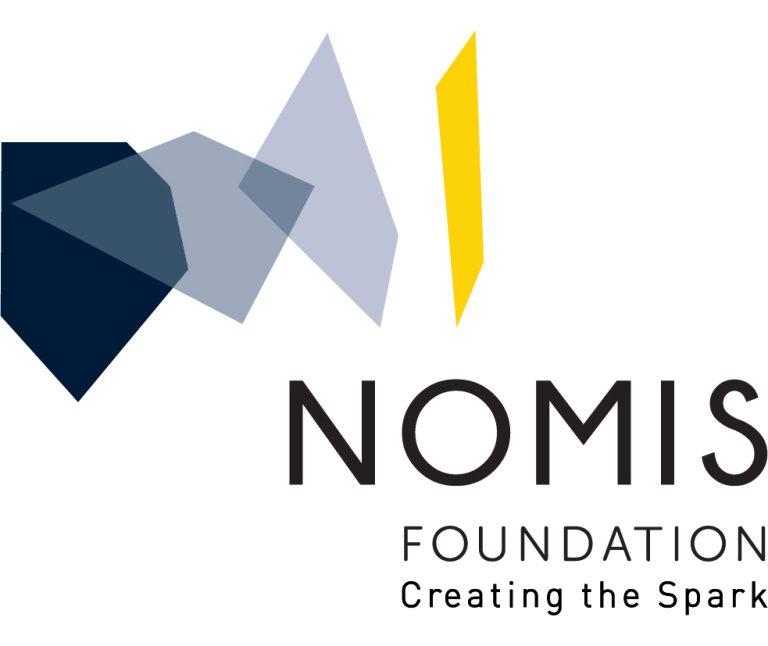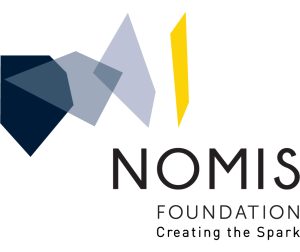Researchers at the Salk Institute have taken on the challenge of developing a scientific method that shows to what extent molecular events determine the rate of aging in humans, which differs significantly from individual to individual. This explains why a person’s chronological age is not the most useful predictor of health. Recent analyses based on morphological and physiological data have shown that “true” biological age can vary greatly between people of the same chronological age. However, none of these measurements explain why individuals age at a varied pace, nor do they provide insights into the underlying causes of aging.
The Determining Biological Age in Humans project aimed to develop an innovative scientific method that would determine biological age based on molecular and cellular criteria, and which would allow the study of the aging process in living cells in adults across different age groups. Such information could be used to devise personalized strategies (e.g., preventive interventions or changes in diet or exercise) to optimize organ performance in adults and to minimize age-related physiological decline.
The Determining Biological Age in Humans project was led by Martin Hetzer at the Salk Institute.



